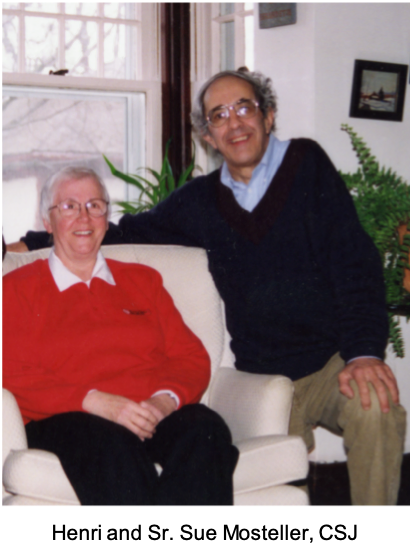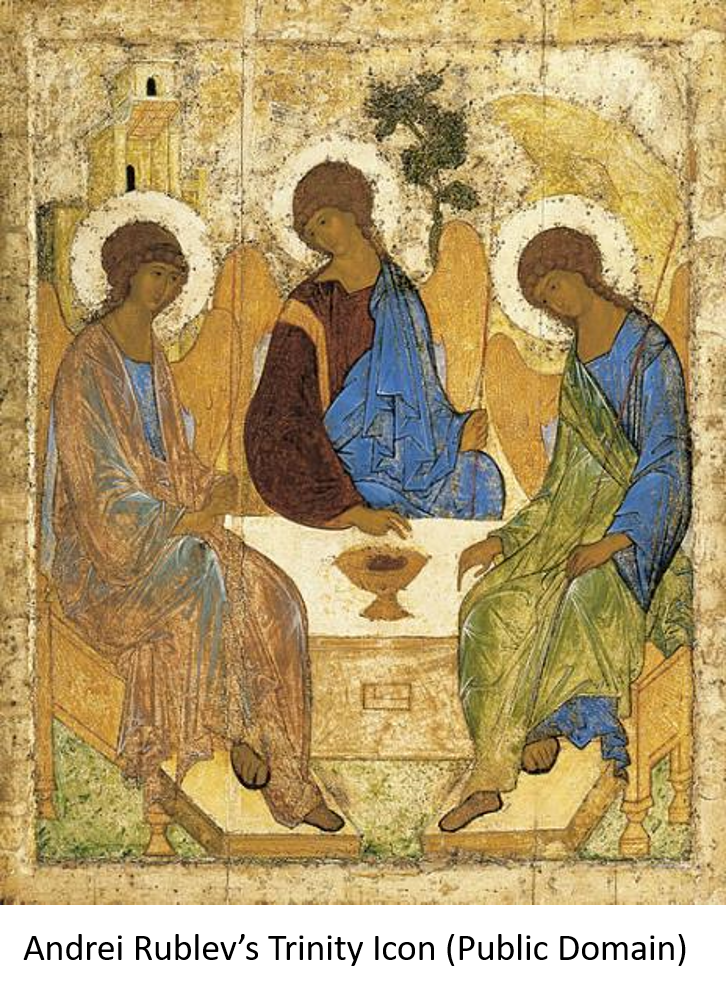Reading: Chapter 4 – Response to The Return of the Prodigal Son &
Chapter 5 – Living the Painting
In 1999, it may have been considered a “hidden treasure” but by 2011
it was cited in 25 Books Every Christian Should Read:
A Guide to Essential Spiritual Classics. (p. 116)
We have had such thoughtful and rich sharing throughout this discussion, and it’s wonderful to see so many of our regular participants contributing. I’m glad we were able to consider Henri’s work from a different perspective this summer.
This week we look first at the initial response to The Return of the Prodigal Son and how it changed over time. Then we consider how Henri “lived the painting” both at Daybreak and in his writing. Gabrielle presents what the late American radio broadcaster Paul Harvey would call “the rest of the story.” In these two chapters, Gabrielle takes us inside Henri’s daily activities as a writer and advocate for his books and his life as the beloved pastor at Daybreak.
As always, we are most interested in hearing what touched you in the reading this week. I would encourage you to reflect on how your perception and understanding of Henri may have changed based on what you read. Here are a few ideas that might prompt your thinking.
- It was not the critics selling The Return of the Prodigal Son; it was the readers. The book had an underground buzz–with readings finding and buying it for each other. (p. 106) Gabrielle substantiated this statement by quoting from some of the many letters Henri received from his readers. How does the response of Henri’s readers expressed in these letters compare to how you felt when you read the book and the impact it may have had on your life?
- Nouwen had found home and intended to stay there. He understood that part of being the father was to be present to his community. (p. 125) Gabrielle quotes long-term assistant Mary Bastedo to show us Henri’s life inside Daybreak during his final years. What are your thoughts on Henri’s spiritual adventure and transformation through his encounter with the painting and his life at Daybreak?
- Janet raised her head and looked at him. Her beaming smile told him that she had received the blessing. . . . Finally, one of the assistants, a twenty-four-year-old college student, raised his hand and asked, “And what about me?” ( p. 130) Gabrielle tells the poignant story of Henri “blessing” members of his community. Have you ever received such a blessing? What can you do to share a blessing with others?
- Nouwen’s spiritual adventure started with the Rembrandt painting, but it couldn’t take him all the way. Our hero, our friend, our guide is still in the struggle. (p. 131) You might consider how the struggling Henri has helped you in your struggle. Share to the extent you are comfortable.
We look forward to hearing from you. If you are following along silently, we are glad you’re here. Finally, a reminder. As we conclude our discussion next week Gabrielle Earnshaw will join us to answer your questions.
May the Lord give you peace.
Ray


